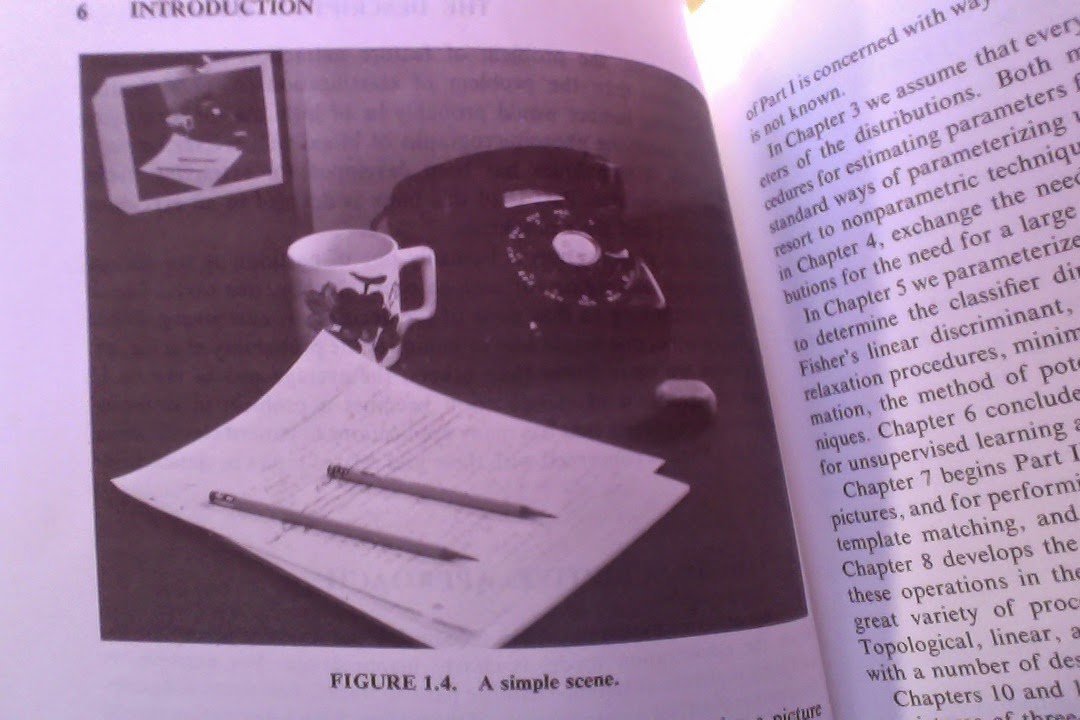In his biography of Saint Benedict, Pope Gregory I relates a story of how he "cured a monk that had an idle and wandering mind." Here it is:
In one of the monasteries which he had built in those parts, a monk there was, which could not continue at prayers; for when the other monks knelt down to serve God, his manner was to go forth, and there with wandering mind to busy himself about some earthly and transitory things. And when he had been often by his Abbot admonished of this fault without any amendment, at length he was sent to the man of God, who did likewise very much rebuke him for his folly; yet notwithstanding, returning back again, he did scarce two days follow the holy man's admonition; for, upon the third day, he fell again to his old custom, and would not abide within at the time of prayer: word whereof being once more sent to the man of God, by the father of the Abbey whom he had there appointed, he returned him answer that he would come himself, and reform what was amiss, which he did accordingly: and it fell so out that when the singing of psalms was ended, and the hour come in which the monks betook themselves to prayer, the holy man perceived that the monk, which used at that time to go forth, was by a little black boy drawn out by the skirt of his garment; upon which sight, he spake secretly to Pompeianus, father of the Abbey, and also Maurus, saying : "Do you not see who it is, that draweth this monk from his prayers?" and they answered him, that they did not. "Then let us pray," quoth he, "unto God, that you also may behold whom this monk doth follow": and after two days Maurus did see him, but Pompeianus could not. Upon another day, when the man of God had ended his devotions, he went out of the oratory, where he found the foresaid monk standing idle, whom for the blindness of his heart he strake with a little wand, and from that day forward he was so freed from all allurement of the little black boy, that he remained quietly at his prayers, as other of the monks did : for the old enemy was so terrified, that he durst not any more suggest such cogitations : as though that blow, not the monk, but himself had been strooken. (pp. 61-62)This is remarkably un-psychological: It seems like the only way these people were able to explain lack of distraction was by externalizing the problem in a devil or spirit, or as here, in the "allurement of the little black boy."
And of course, a problem so concrete should be treated with a good dose of Harry Potter-style spell-casting. Unless, that is, the wand is a club, and the spell is a beating.


